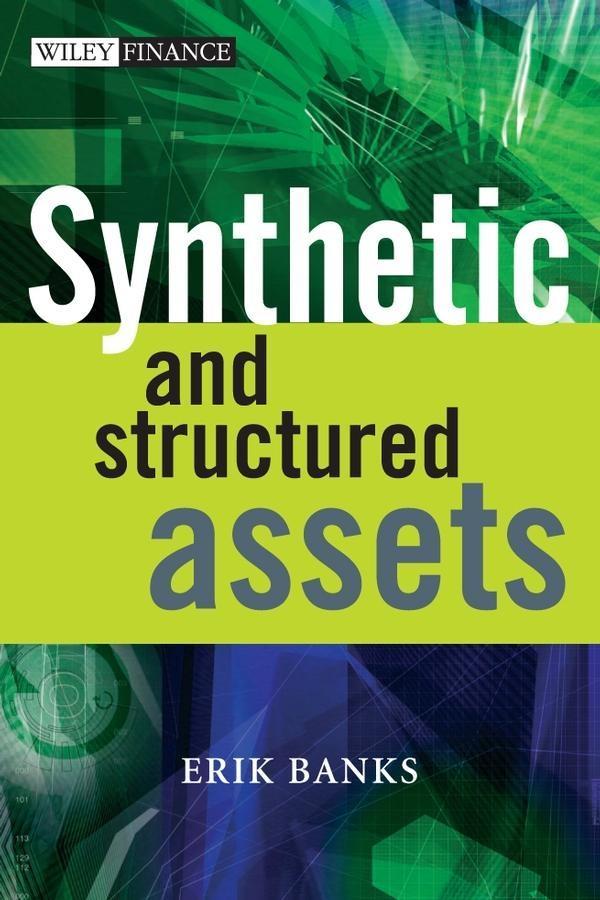Organized along product lines, the book will analyze many of the
original classes of structured assets, including mortgage- and
asset-backed securities and strips, as well as the newest
structured and synthetic instruments, including exchange-traded
funds, credit derivative-based collateralized debt obligations,
total return swaps, contingent convertibles, and insurance-linked
securities.
Two introductory chapters will outline the scope of the market,
key definitions, participant motivations/goals, economics of
structuring and synthetic replication, and the central "building
blocks" used in the creation of synthetic/structured assets
(including on-balance sheet assets and liabilities, derivatives,
shelf registration debt programs, private placements, trusts, and
special purpose entities). Eight product chapters will then examine
the main instruments of the marketplace: mortgage- and asset-backed
securities, stripped/reconstituted government securities,
collateralized debt obligations, structured notes, insurance-linked
securities, exchange-traded funds, convertible bond variations, and
derivatives/synthetic asset replication. Each product chapter will
contain product descriptions, structural features (e. g. , trading
conventions, settlement), arbitrage/investment drivers, and various
worked examples and diagrams that emphasize practical investment
and risk applications; financial mathematics will be kept to a
minimum. A concluding chapter will review the essential risk,
legal, regulatory, and accounting features of synthetic and
structured assets in the world's major markets.

































